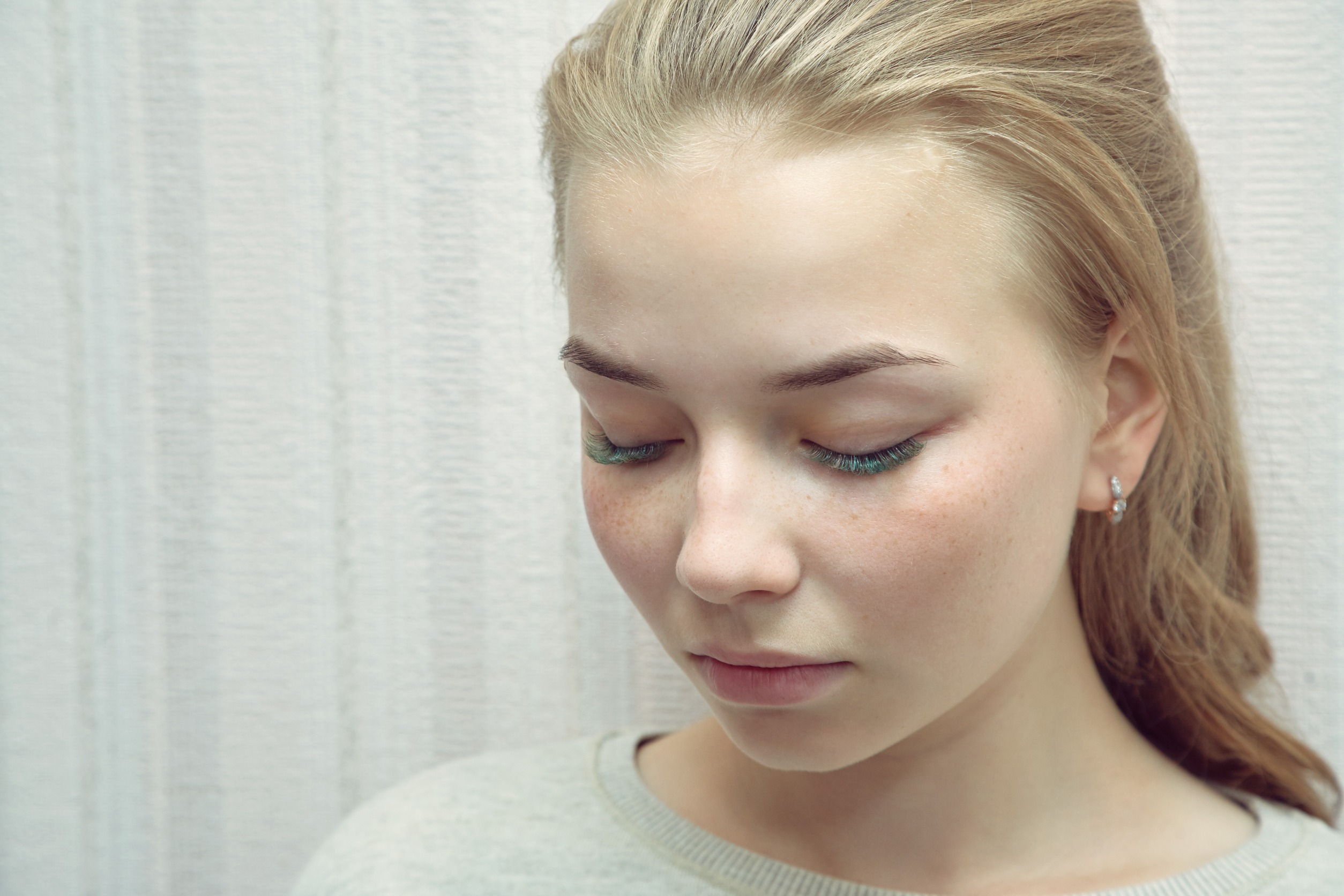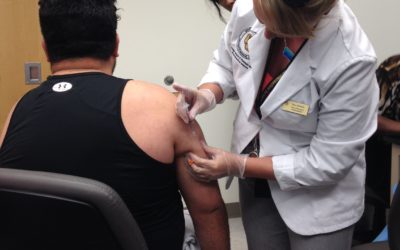Rosacea is a chronic skin condition that primarily affects the face, causing redness, flushing, visible blood vessels, and in some cases, acne-like bumps. While there is no cure for rosacea, there are several treatment options available to manage its symptoms and improve the appearance of the skin. In this blog post, we will explore some of the most commonly used treatments for rosacea to highlight options for achieving clearer, calmer skin.
Topical Medications:
a. Metronidazole: This antibiotic gel or cream helps reduce inflammation and redness associated with rosacea. It is often the first-line treatment for mild to moderate cases.
b. Azelaic Acid: This topical medication helps reduce inflammation and normalizes the skin’s cell turnover. It can be effective in treating both the redness and the acne-like bumps of rosacea.
c. Brimonidine: Available as a gel, this medication helps constrict blood vessels and reduce facial redness associated with rosacea.
Oral Medications:
a. Antibiotics: In cases where rosacea is more severe or accompanied by infection, oral antibiotics such as tetracycline, doxycycline, or minocycline may be prescribed. These medications help reduce inflammation and control bacterial overgrowth.
b. Isotretinoin: In rare cases of severe rosacea, isotretinoin, a potent oral medication, may be recommended. It helps control inflammation and reduce oil production in the skin.
Laser and Light Therapies:
a. Intense Pulsed Light (IPL) Therapy: IPL uses specific wavelengths of light to target and reduce the visible blood vessels and redness associated with rosacea. It can also improve the overall skin tone and texture.
b. Laser Therapy: Laser treatments, such as pulsed dye laser or fractional laser, can target and reduce the redness and visible blood vessels of rosacea.
Lifestyle and Skincare Measures:
a. Gentle Skincare Routine: Using mild, fragrance-free cleansers, moisturizers, and sunscreens can help soothe and protect the skin. Avoiding harsh products and abrasive scrubs is important to prevent further irritation.
See our blog about 6 Food For Beautiful Skin
b. Sun Protection: Protecting your skin from the sun’s harmful rays is crucial for managing rosacea. Use a broad-spectrum sunscreen with an SPF of 30 or higher, wear protective clothing, and seek shade during peak sun hours.
c. Trigger Identification and Management: Identifying and avoiding triggers that worsen rosacea symptoms, such as spicy foods, alcohol, heat, stress, and certain skincare products, can help minimize flare-ups.
d. Stress Management: Managing stress through techniques like exercise, meditation, and relaxation exercises can help reduce the frequency and severity of rosacea symptoms.
Conclusion:
While there is no one-size-fits-all approach to treating rosacea, there are various treatment options available to help manage its symptoms effectively. It is essential to work closely with a dermatologist or healthcare professional experienced in treating rosacea to develop a personalized treatment plan.
Remember that consistency and patience are key when it comes to managing rosacea. It may take time to find the right combination of treatments that work best for you. Additionally, maintaining a healthy skincare routine, identifying triggers, and practicing stress management techniques can greatly contribute to minimizing flare-ups and achieving clearer skin.
If you have concerns about your skin or suspect you may have rosacea, consult with a healthcare professional who can provide a proper diagnosis and guide you through the appropriate treatment options. With the right approach and care, you can effectively manage rosacea and enjoy healthier skin.
Resources:
1) https://www.mayoclinic.org/diseases-conditions/rosacea/diagnosis-treatment/drc-20353820
2) https://www.uptodate.com/contents/management-of-rosacea
3) https://www.aafp.org/pubs/afp/issues/2015/0801/p187.html












